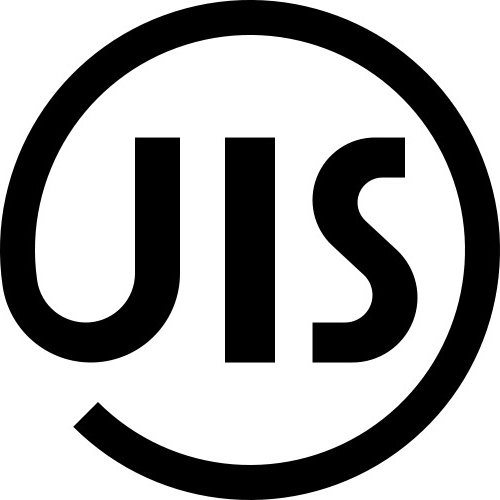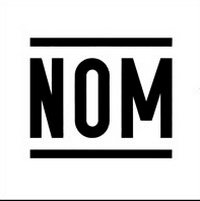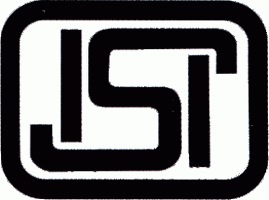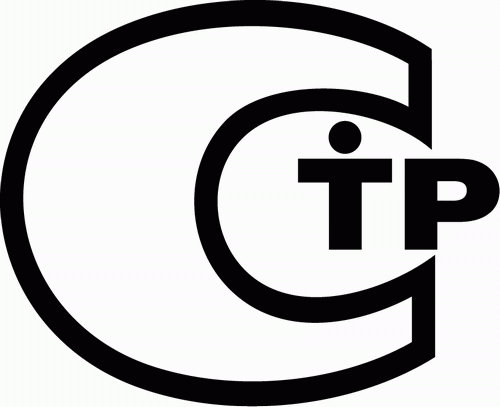In the Federal Law governing the protection of consumer rights, as well as on the basis of a number of Government Decisions, special signs of conformity of certification of goods have been introduced in the Russian Federation. The provisions contained in these acts apply to both domestic and imported products. Next, consider what a sign of product conformity is. 
general information
Responsibility for compliance with the requirements according to which marking is carried out with the mark of conformity rests with trading companies, importing organizations, manufacturers and individual entrepreneurs. Organizational and methodological issues related to this procedure are within the competence of authorized government agencies. These include Gosstandart and the Ministry of Enterprise Support and antitrust policy RF
State registry
How is the conformity mark used? Standardization systems, according to domestic law, can have their own symbols for one or another group of goods. Those of them that are included in the structure of GOST R can use this designation. But the law does not prohibit the introduction of your mark of conformity. Today, the State Register has registered its own designations for a number of Russian structures that carry out standardization. To obtain the right to use the mark of conformity, the manufacturer must obtain a license. Often, a single product is subject to standardization. In this case, the conformity mark is placed directly by the certification body. The conditions for the use of a standardization symbol are established by the contract. It is between the manufacturer and the certification body itself. 
Legal order
Certain measures have been taken to ensure protection against fakes and the illegal use of conformity marks. So, in the Federal Law governing this area, an order is established for state registration. The regulatory act provides for legal protection measures, as well as liability for the unauthorized use of any registered conformity mark. In the field of voluntary standardization, the provisions of the law give organizations the right to designate goods. This is allowed if they are not subject to a mandatory verification procedure. In these cases, importers, individual entrepreneurs, trade organizations, manufacturers receive this right after voluntary standardization.
Definition
The conformity mark is a symbol protected in the manner prescribed by law. It is used and issued in accordance with the rules of standardization. The sign indicates that the product, service or process complies with a specific standard or other regulatory act. 
Modern tendencies
They can be expressed as follows:
- From the use of the mark only in accordance with the results of certification to the possibility of using it in certain cases according to the declaration.
- From a multitude of specific designations to one symbol providing market access.
- From various national signs to regional, and if possible to international.
Classification
Depending on the area of use, the following types of conformity marks exist:
- Transnational.
- National
The latter confirm the requirements established national standards or other standards adopted at this level. The national conformity mark is developed, adopted, registered by the authorized body.The symbol may only be used for products that have passed standardization. Sellers, manufacturers in any country can carry out marking with such a sign only if they have a certificate issued by one of the national authorized bodies, or agreements in which the results of standardization are recognized, and also after they are issued a license to use it. National symbols may be common to all types of products or be grouped. In the latter case, they confirm the fulfillment of the requirements for a certain category (or categories) of homogeneous goods. 
GOST R
This is a common mark of conformity in Russia. Its dimensions, shape, symbols are set in GOST R 50460–92. All requirements that are defined for this designation are required. The sizes are established by the organization that received the right to use it. She sets the base value, which should not be less than 4 mm. The dimensions that the conformity mark will bear must guarantee the visibility and clarity of all its parts with the naked eye. Under the symbol is the code of the standardization body that issued it. The image of the mark should clearly stand out on the surface of the product. It can be performed in various ways using modern technologies that can ensure the preservation of brightness and visibility throughout the entire operational life of the goods. Labeling is only one of the methods of conformity assessment. Documents attesting to its authenticity, as well as indicating the fact that the product has passed the standardization procedure, must be attached to it. 
International practice
Wildcards are quite common in a number of countries. So in Japan, symbols are used for the agricultural, food, forest and fishing industries. Products manufactured by companies in this sector are marked with the JAS mark. Separate wildcards exist for non-electrical and electrical appliances and assemblies. Many states use common signs. So in Germany there is a national symbol "DIN" (DIN). It is used for non-electric and electrical equipment. In France, the NF mark is used. As in Germany, it is used for marking non-electric and electrical equipment. The B mark is valid in Poland. It confirms compliance with safety requirements. In the UK, Kitemark is considered a conformity mark, in Austria - ONORM.
CE
This is a transnational sign that is used in EU countries. It confirms the fulfillment of the requirements of European technical agremans and directives (ATE). Agreman is called such a document, which contains the technical characteristics of processes, materials, equipment that meet the standards of operational reliability and safety. The development and implementation of these standards is due to the fact that for a number of facilities there are no other standards, since they are an innovation. The instructions contained in the agrarians apply to indicators of ergonomic characteristics, environmental cleanliness, hygiene, durability, and safety. 
Features of using CE
This mark cannot be assigned if the confirmation of conformity is carried out in accordance with the requirements of international and national standards. CE is not used for products not included in the list of European legislation. This sign:
- It should be taken into account by each EU state and be considered as confirmation of compliance with the requirements of directives, but not national standards.
- It is put in place by the designer or manufacturer of the goods or the importer, who is responsible for the supply of products that comply with directive standards.
- It confirms compliance with the requirements of all, and not just certain requirements that apply to this group of products.
After the adoption of European legislation, the CE mark must be affixed to all products covered by the directives. It doesn’t matter if the products are intended for export to the EU states or their turnover takes place on the domestic market. It is envisaged that after the uniform rules governing the assignment of a mark come into force, products marked with it will not be additionally subjected to standardization and testing in importing countries. 
Other characters
Along with conformity marks, some countries use quality labels. These symbols, in contrast to those described above, can be assigned by both standardization bodies and other organizations that are not part of the national structure. So, for example, for a woolen product, an image of a ball is used. In Germany, several quality and conformity marks are used. For example, a certification company in that state has introduced the special symbol “Safety Tested”.






